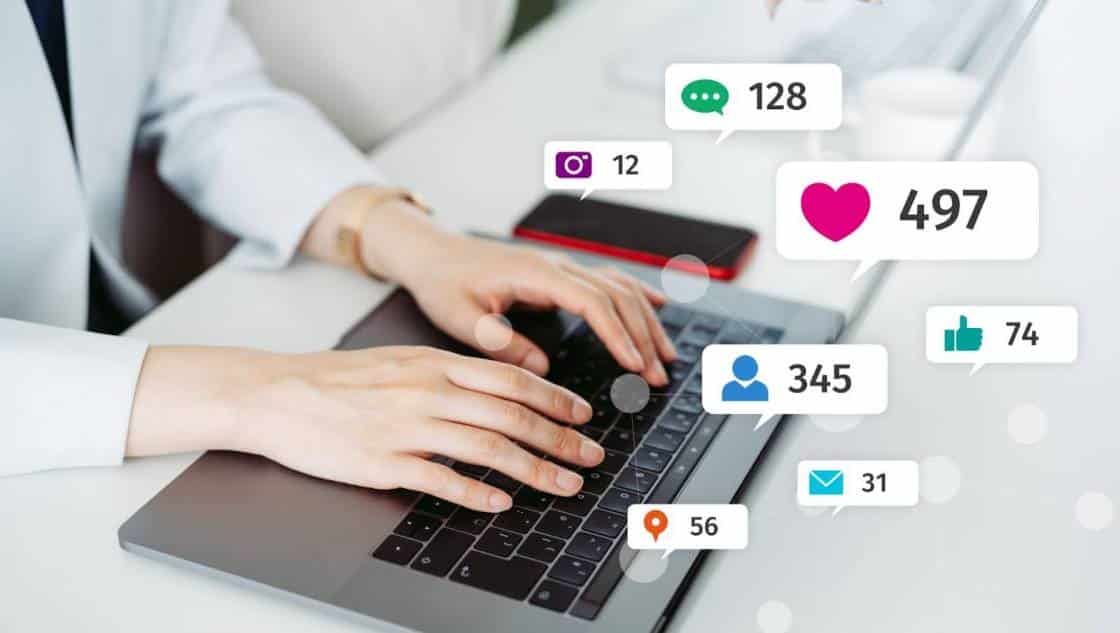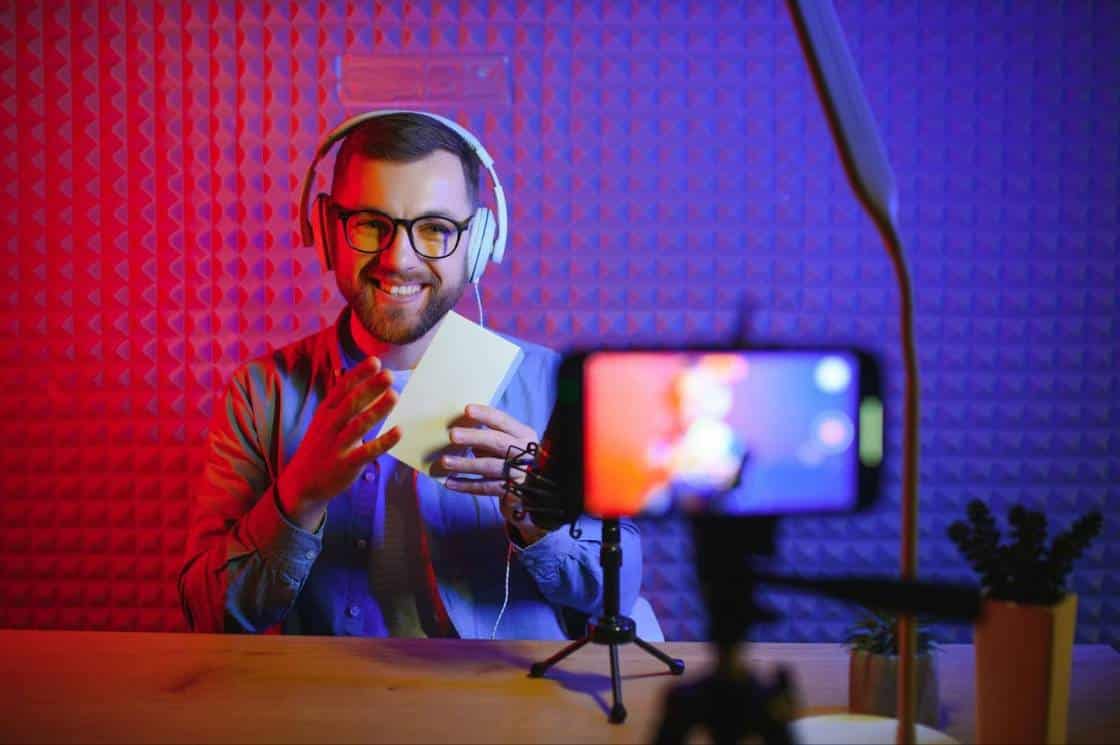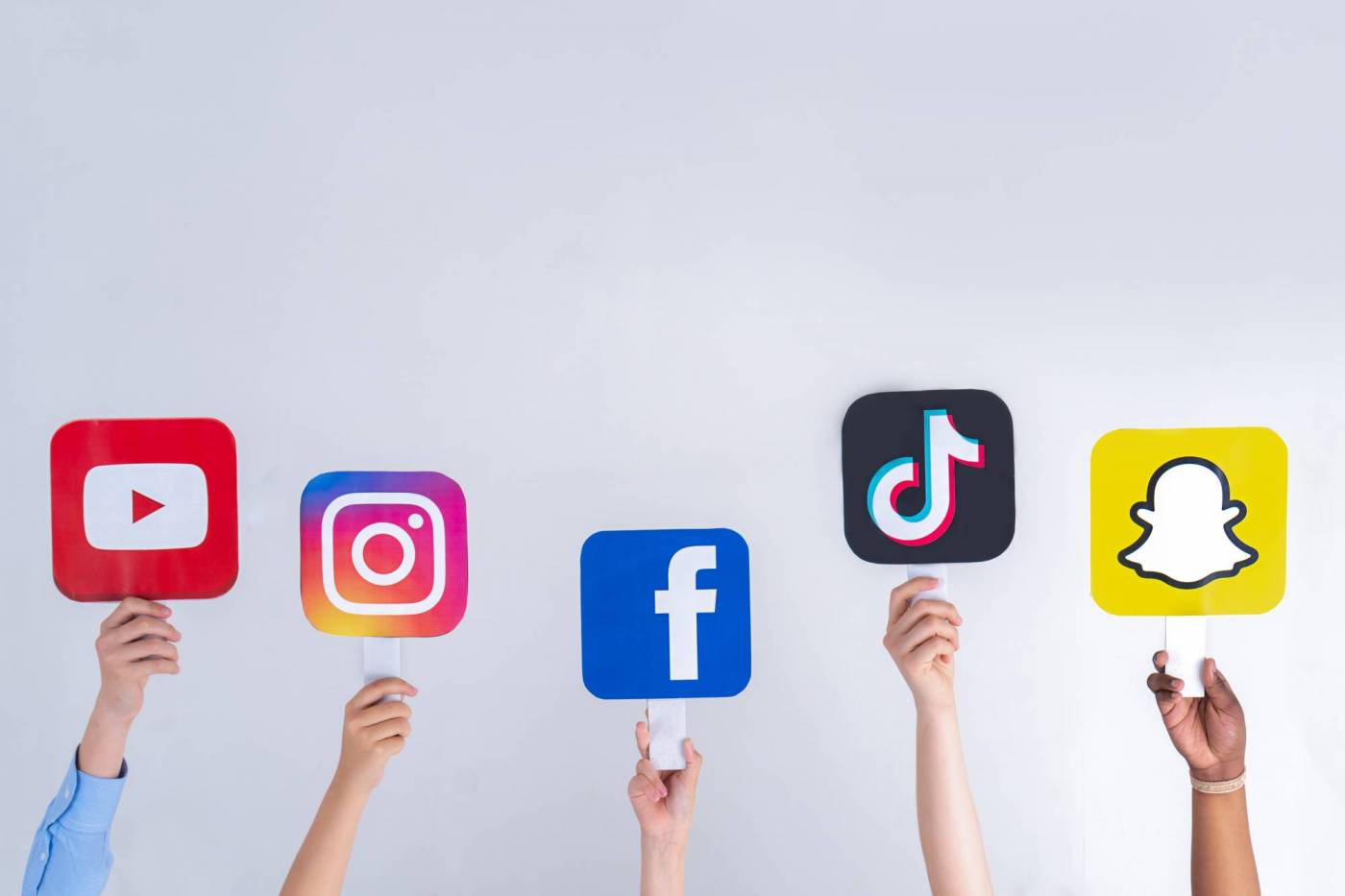In the rapidly evolving world of marketing, staying ahead means constantly evaluating the tools and techniques at our disposal. Recently, I’ve taken a hard look at the role of artificial intelligence (AI) in my marketing strategies—and I’ve made some significant changes. If you’re grappling with the effectiveness of AI in your own marketing efforts, you’re not alone. Dive into my latest video where I share my experiences and insights on this topic. Watch the video here.
Table of Contents
The Allure of AI in Marketing
Initially, the promise of AI was irresistible. Automating tasks like copywriting for Facebook ads and email campaigns seemed like a no-brainer. The idea was simple: input a prompt, and AI would handle the tedious crafting of copy, supposedly streamlining the process and enhancing productivity.
The Reality Check
However, the reality has been starkly different from the promise. Over time, I noticed a troubling trend: my conversions were dropping, emails were remaining unopened, and ads were not engaging users as expected. This decline prompted a reassessment of AI’s role in my work.
AI and the Missing Human Touch
One fundamental issue I’ve encountered is the lack of “soul” in AI-generated content. Marketing, at its core, is deeply intertwined with psychology—it’s about connecting with people on an emotional level. Unfortunately, AI struggles in this aspect. It lacks the ability to genuinely empathize and engage on a human level, which is crucial for compelling marketing.
The Dangers of Overreliance on AI
In the pursuit of efficiency, it’s easy to fall into the trap of letting AI handle too much. For example, while AI can draft an entire email series, the results often lack the effectiveness of human-crafted messages. This overreliance can lead to a tick-box mentality, where quantity overshadows the quality of engagement and results.
Reclaiming the Creative Process
Faced with these challenges, I’ve shifted my approach. Instead of replacing human creativity with AI, I now use AI as a tool to augment the creative process. For instance, AI helps me draft rough outlines, but the final content—whether it’s video scripts, ad copy, or email messages—is crafted by humans, for humans.
The Role of AI Moving Forward
It’s clear that AI has a place in marketing, but not as a replacement for human insight and creativity. The technology is evolving, and its capabilities are expanding. However, until AI can match the subtleties and complexities of human emotion and creativity, it’s best used as an aid rather than a substitute.
Join the Conversation
I’m eager to hear your thoughts on AI in marketing. Are you finding it more helpful or hindering in your efforts? Share your experiences in the comments below, and let’s discuss the future of AI and human creativity in marketing.
Remember, your engagement helps us reach more people and make a real impact in the business world. If you found this discussion insightful, consider liking and subscribing for more content like this.





